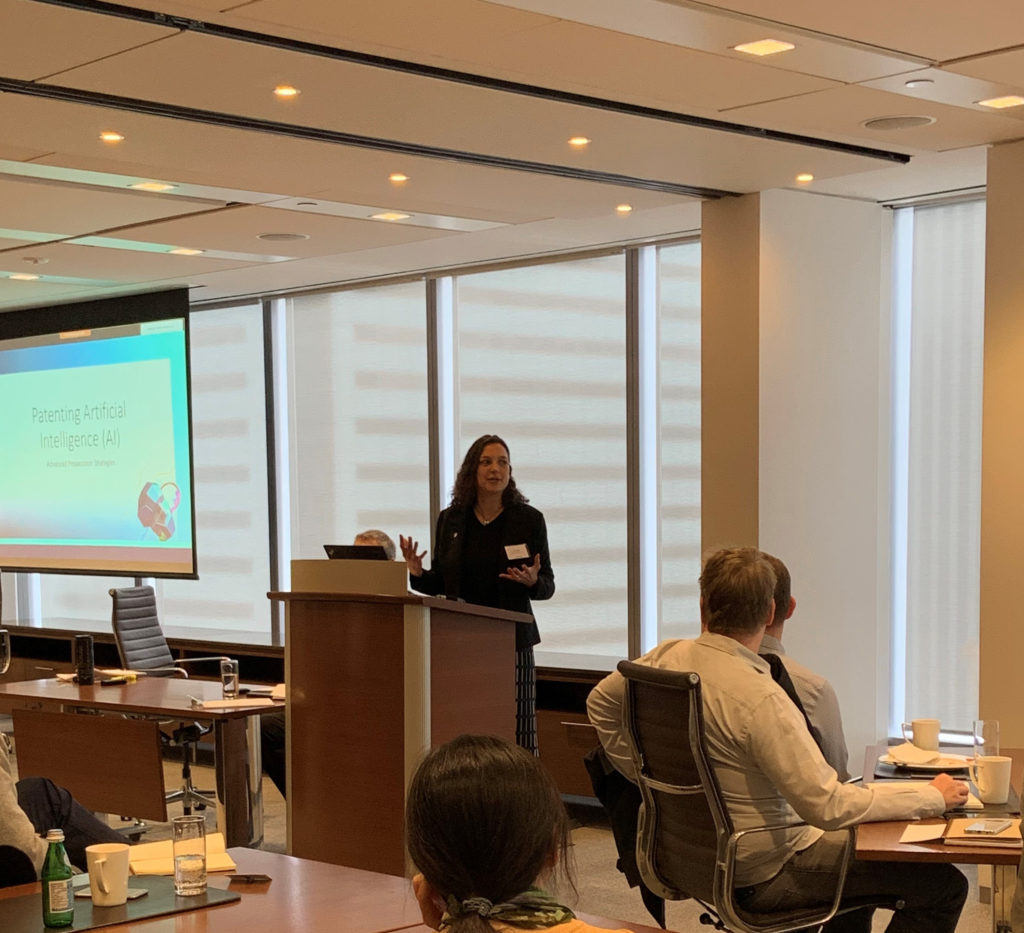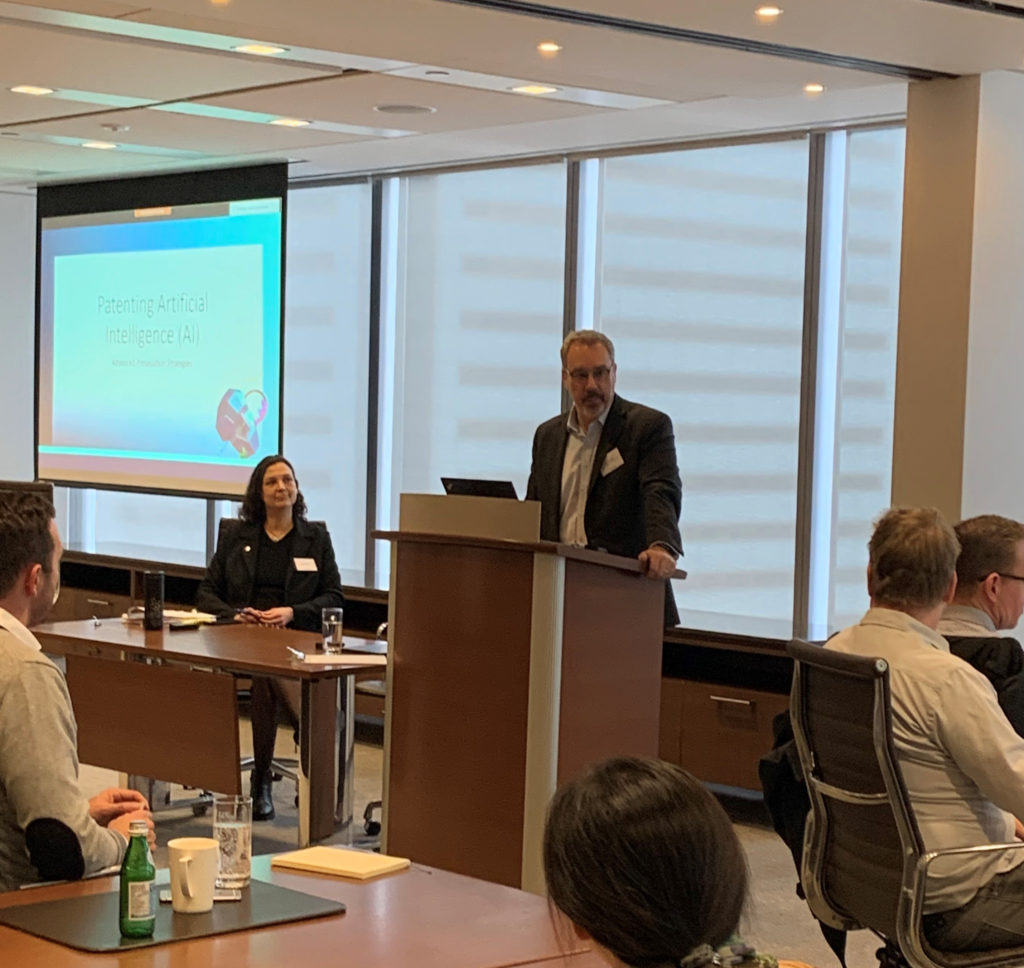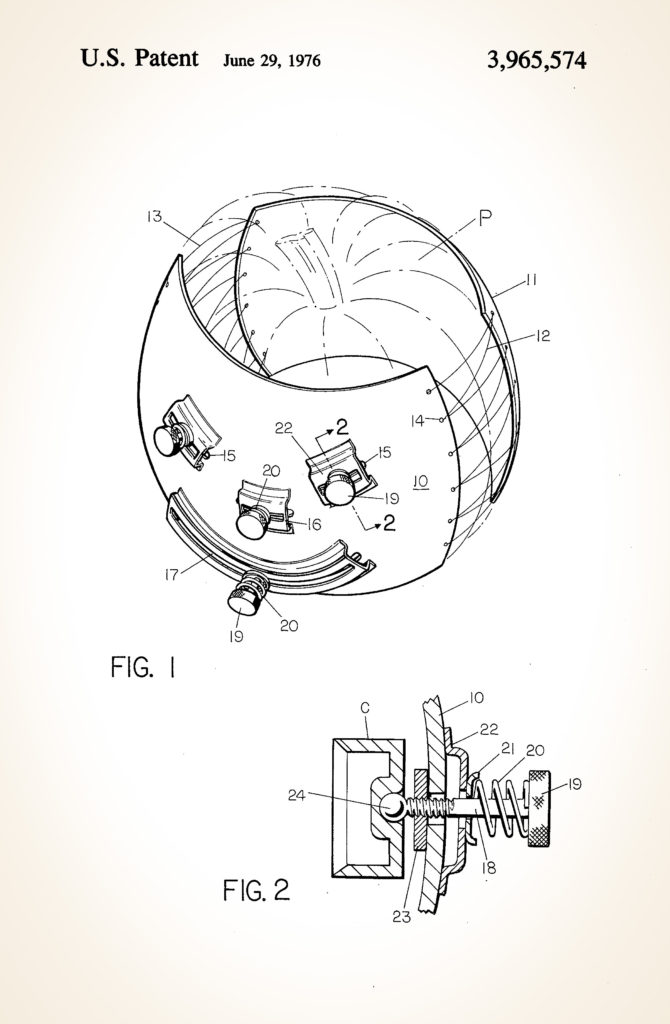
The Patented Medicine Prices Review Board (the “Board”) recently published draft Guidelines to replace the current Compendium of Policies, Guidelines and Procedures, leading up to the coming into force of the amended Patented Medicines Regulations on July 1, 2020. The draft Guidelines are needed to facilitate the implementation of the upcoming changes to the Regulations, including: (i) the additional price regulatory factors for consideration by the Board when assessing whether the price of a patented medicine is excessive; (ii) updates to the schedule of comparator countries to be used by the Board for international price comparisons; and (iii) changes to reporting requirements for patentees. Interested parties can make written submissions to the Board on the draft guidelines during the consultation period, which ends on February 14, 2020.
For a more detailed review of the draft Guidelines, please refer to the Fasken bulletin PMPRB Publishes Draft Guidelines to Operationalize Amendments to the Patented Medicines Regulations authored by Ingrid VanderElst and Mark Vanderveken.
Learn more about our patent practice and our cannabis Law page.





